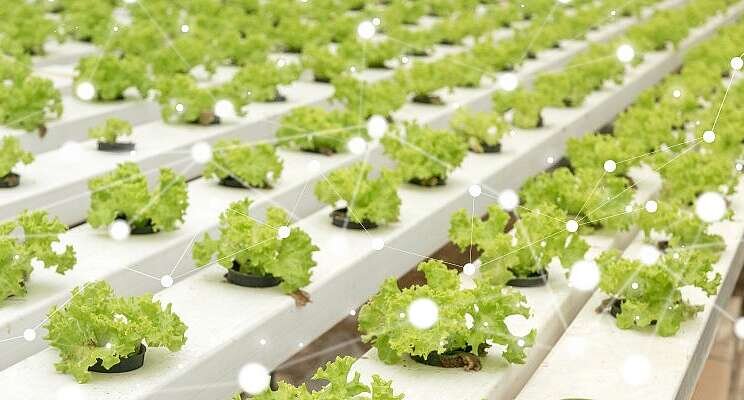'Team Koala' wins the autonomous GH Challenge
Added on 03 July 2022

The stream of the event can be viewed via the YouTube-channel of the business unit Horticulture and Flower Bulbs.
"All competing teams managed to use artificial intelligence (AI) algorithms to autonomously grow lettuce with almost no interventions."
Connection between AI and food production
Due to the ever-growing world population, the demand for fresh and healthy vegetables is increasing. Autonomous greenhouses can ensure that more people are fed with vitamin- and mineral-rich products. In addition, these techniques contribute to increasing food safety and a higher production volume of healthy vegetables, using fewer resources such as energy. Its potential has been successfully demonstrated in previous editions of the Autonomous Greenhouse Challenge.
Growing autonomously
In this third edition of the competition, five international teams from around the world have produced a lettuce crop using a fully autonomous algorithm. With the lowest feasible input of resources such as energy and CO2 and the production of a maximum of good quality heads of lettuce, they have optimized the net profit.
Each team had a high-tech greenhouse compartment of Wageningen University & Research in Bleiswijk at its disposal to grow lettuce. The teams have created their own AI algorithms. These algorithms have fully autonomously determined the set points for temperature, amount of daylight and artificial light, heating, CO2 concentration and cultivation-related parameters such as crop density, spacing moments and day of harvest. Next to standard greenhouse sensors, the teams had access to images from a Realsense 3D camera and specific sensors provided by the sponsors Sigrow and Ridder. Some teams added own sensors to deliver input for their algorithm.
Continue reading.
Courtesy of Wageningen University & Research
Source: Wageningen University & Research
More news















